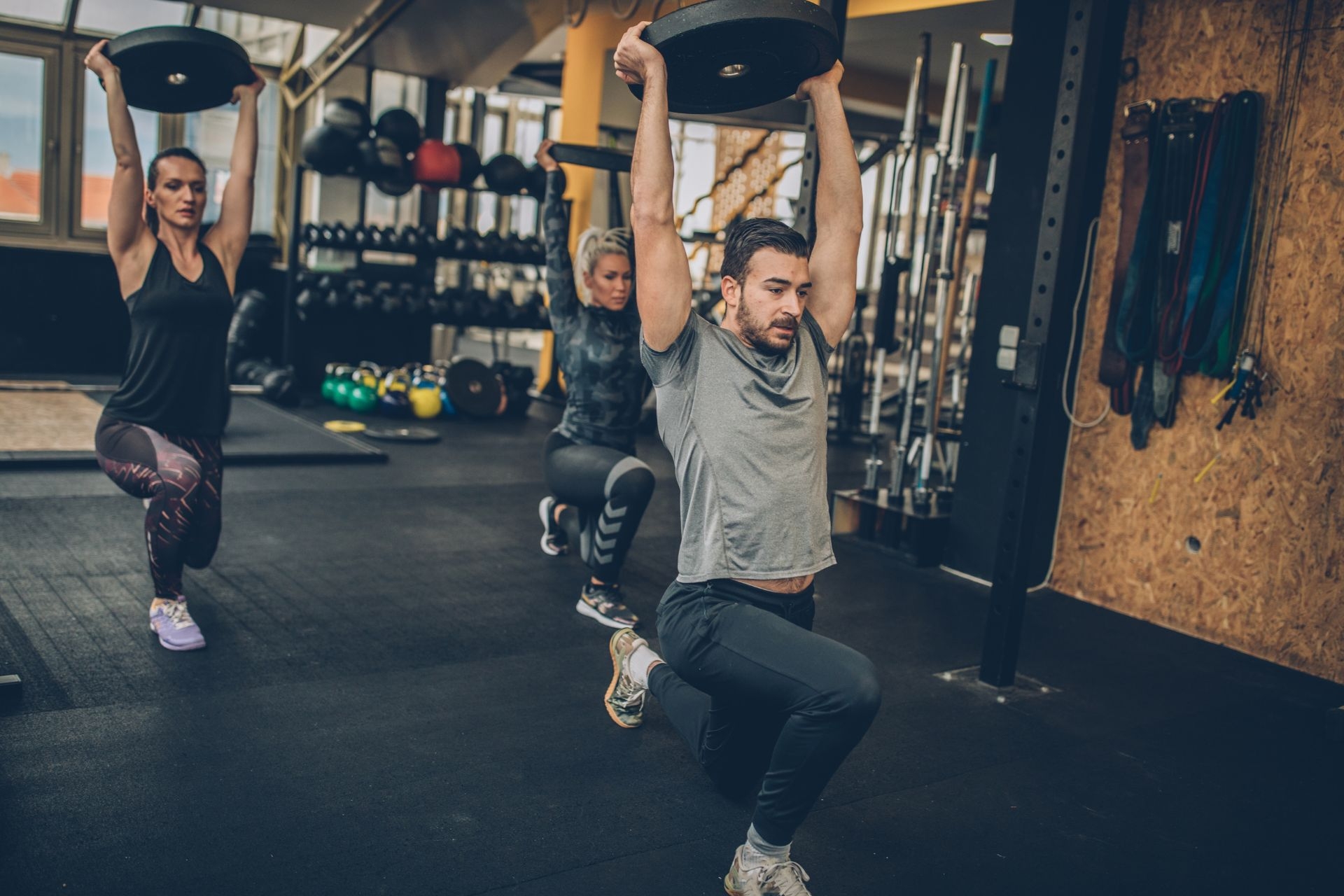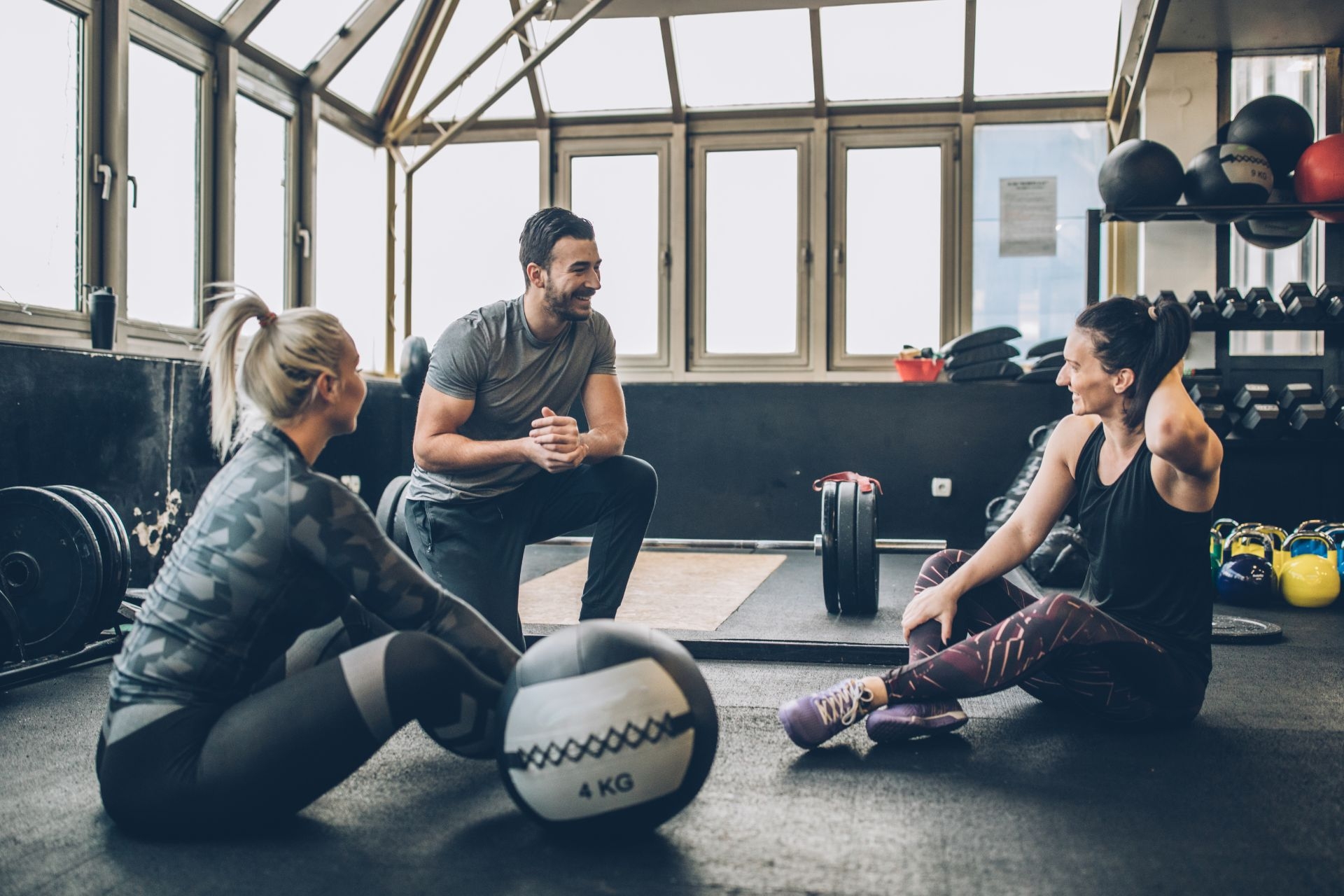Cluster Sets
What are the benefits of using cluster sets in weightlifting?
Cluster sets in weightlifting offer several benefits, including increased muscle fiber recruitment, improved strength gains, and enhanced muscular endurance. By breaking up a set into smaller clusters with short rest periods in between, athletes can lift heavier weights for more repetitions, leading to greater muscle stimulation and growth. This method also allows for more volume to be completed in a shorter amount of time, making it an efficient way to train.
Techniques and Exercises Utilized In Resistance Training Routines



